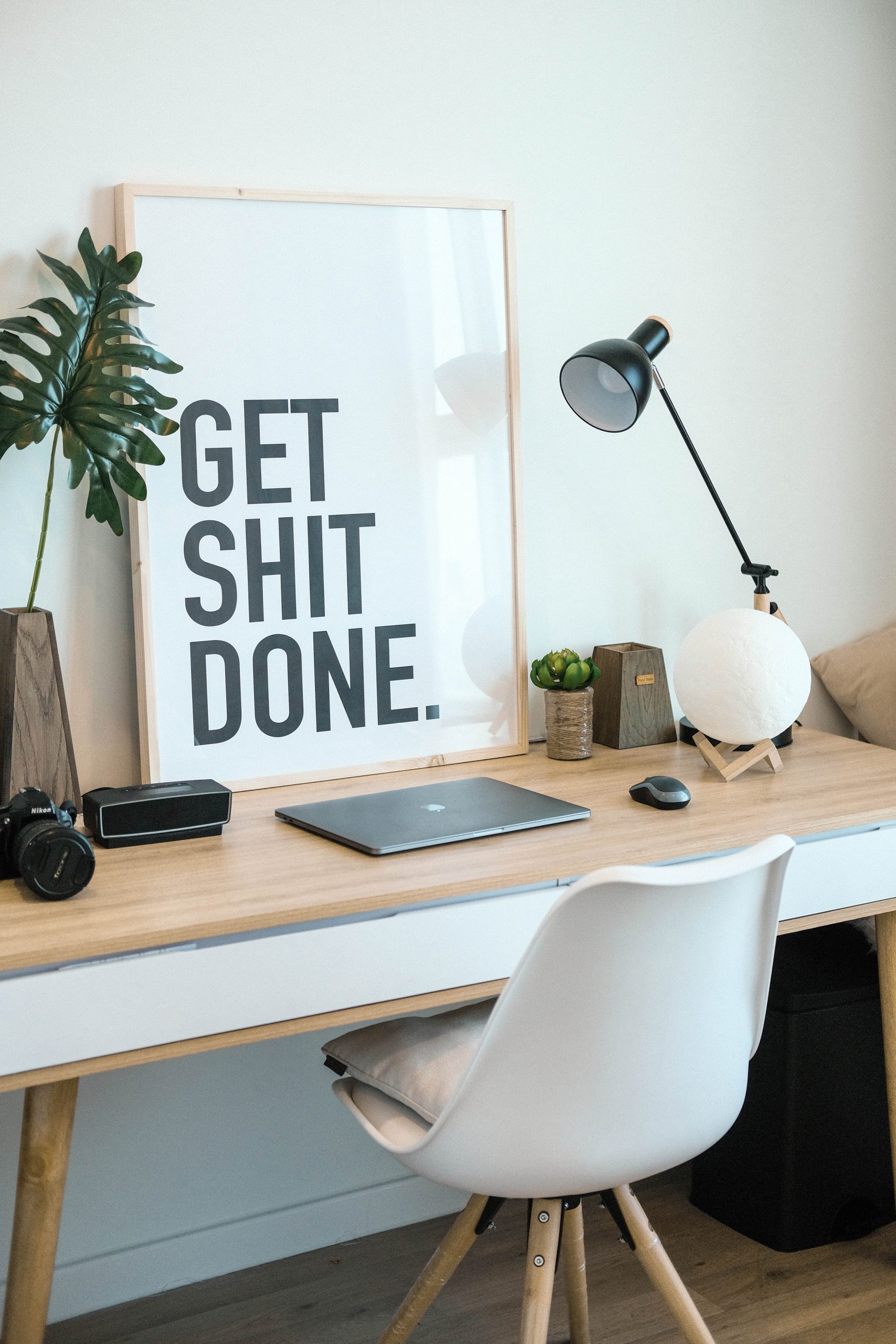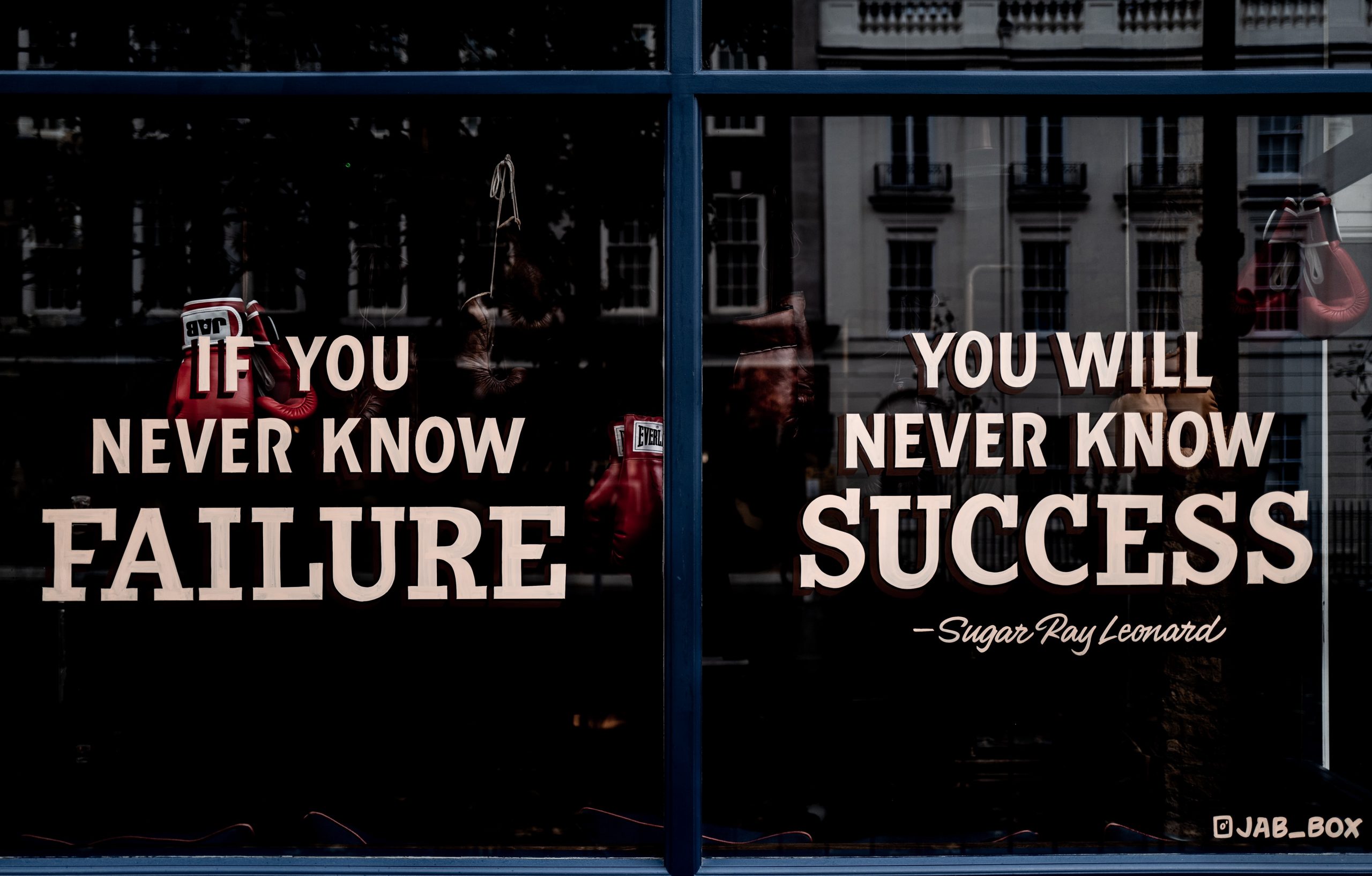Are you the kind of person who can come up with tons of amazing ideas, but don’t get to implement any? And is this lack of action due to the fact that you don’t know where to start? Or is it because your business plans include so many risk scenarios that they become too complicated to execute?
If that’s the case, then you probably need to put some of these fantastic ideas on hold, or give up on all these risk scenarios, to create clarity by simplifying your plan. In fact, when you have no Plan B, you’re in a much better position to implement your A-Game. Whether you are an artist, an athlete, or an entrepreneur, the process for success is the same. And a major part of this process lies in scarifying your too many safety nets to gain in focus and efficiency. In this article, we explore why and how we can stick to our one and only Plan A.

#1: Keep Calm and Prioritize
From my personal experience, I have a long list of projects I wish to work on. But obviously, you can’t work on everything at the same time. It’s better to put all your energy on one target and make it really great, than working on three different projects at the same time and having ‘not too bad’ results. So, the best strategy is to prioritize – I work very hard on my most important objective and keep the rest of my ideas in a to-do folder – their turn will come in the right time.
#2: Commit to yourself
And when it comes to the specific project am working on, I commit to my plan A. I basically hate the concept of having a plan B, C or Z. We currently live in a world full of doubters and ‘no’ men and women. You can wake up one day with a brilliant idea and feel very excited about it. Then you speak to your family, friends, or colleagues about it. Most of the time, they will listen to you, say “It won’t work”, and resume their usual activities.
My point is there is already too much negativity surrounding us. But as long as it doesn’t impact you, that’s totally fine. Your positivity will be your competitive advantage. It will make you act while others procrastinate. Now the danger you must avoid is doubting yourself just because others doubted you. And the problem I find with having a plan B is that it distracts you from plan A. In a way, when you start focusing too much on having a safety net for your project, you subconsciously have less faith in your ability to achieve success.
#3: Safety nets are energy and time consuming
When you think of backup plans, you are basically taking away a lot of thought and energy from plan A to put it in plan B. In reality, we all function better when we keep our eyes on the target. If you focus on what happens in case of failure, you will have less potential for success. It’s like riding a bike and constantly telling yourself “I don’t want to fall. But if I fall, here’s my plan.” Guess what, you will probably fall and most certainly won’t enjoy your ride. This is not the right mindset to have. When you’re worried about failing, you mind gets stiff and your thoughts get frozen. That way, you can’t perform efficiently.

#4: Don’t be afraid of failing – it’s part of the success process
You must commit to your initial plan and improvise if needed along the way. The real reason what people want to have a plan B is because they are worried about failing. Even if you have no safety net, don’t be afraid of failing. Keep thinking positive, keep thinking success. At the end of the day, there is nothing wrong with failing. There is only one rule when it comes to winning: The one who falls and stays down is a loser, and the one who falls and gets up is a winner. You must fail to succeed – There is no greatness without failure. It’s OK to fail, it’s part of the job and part of life.
#5: Have no Plan B but keep your risk metrics in check
Ten years ago, a close friend of mine decided to resign from his very lucrative consulting job to create a new startup specialized in blended learning. He was a newcomer in a well-established market, so it was a risky move in this private tutoring business. The first months were very tough for him – I visited his office on a Saturday afternoon, and he had only one student that day. So, I asked him, “What’s your plan if this project of yours doesn’t work?” He said to me very confidently, “That’s the only plan. I will live or die with this project.” His answer completely blew my mind. I felt so much inspired that I was absolutely sure he would succeed no matter how. Five years later, he dominated that market. In fact, when he said that he had only one plan, it didn’t mean that he had a frozen mindset. What he actually meant was that he was going to focus all his attention on the business he was building – he was ready to adjust, and calibrate if things didn’t work out as planned.
Obviously, having no Plan B doesn’t mean forgetting about risk management. If you want to build a healthy business, you need to have emergency procedures in place in case things go in the wrong direction (less liquidity in the market, more competitiveness, new technology). That helps you make sure you maintain enough cash in your treasury, invest in research, become resilient, and leave no place for complacency. Having no Plan B just means taking away from your mind the following energy consuming thought: “If this business doesn’t work, I’m going to start that business, and if that one fails as well, I’m going to do this and that…”
If you want to perform well whether it’s in sports, at your job, or in the way you think, you must be relaxed to reach the state of flow.

Don’t be afraid to fail because if you fail a hundred times, and get up a hundred times, you still win.
So just relax, focus, go out, and give it everything that you got.
If you want to rise, you must give up on all these backup plans that weigh you down.
Mohamed Bouzoubaa is a life coach and a self-improvement enthusiast. He is also a renowned voice in the financial world. He’s a trader, investor, MBA professor, and co-author of the successful Exotic Options and Hybrids. Above all, he considers himself a life explorer and an eternal student.